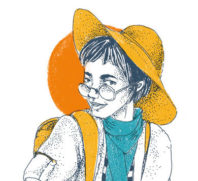A city immortalised in the words of William Shakespeare is a captivating place indeed. Innumerable writers, musicians, painters and high aristocrats have frequented Verona in various periods and the city has been made into the stuff of dreams and myths. The road opened by the English poet led the most influential artists to look at the city in their own way. If Byron was fascinated by monumental works such as Juliet’s tomb or the Roman amphitheatre, Gabriele D’Annunzio was enraptured by sixteenth-century Venetian colourist painting, whilst Charles Dickens drew heavily on the characters he met during his stay to bring to life his travelogue, “Pictures from Italy”. I could list countless other examples.
the intellectual
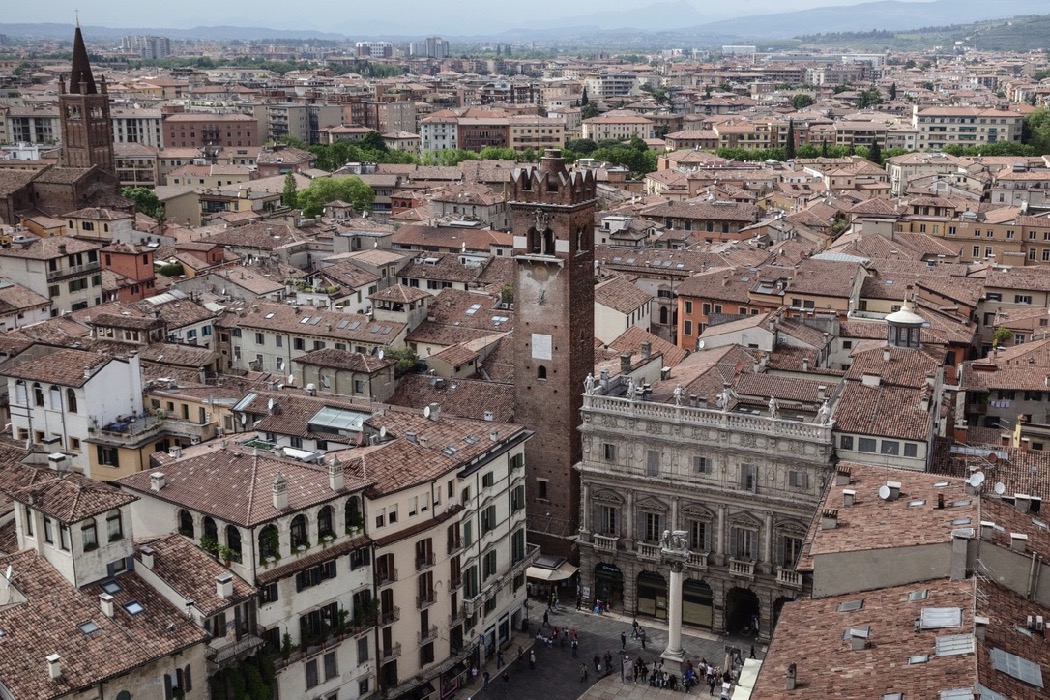
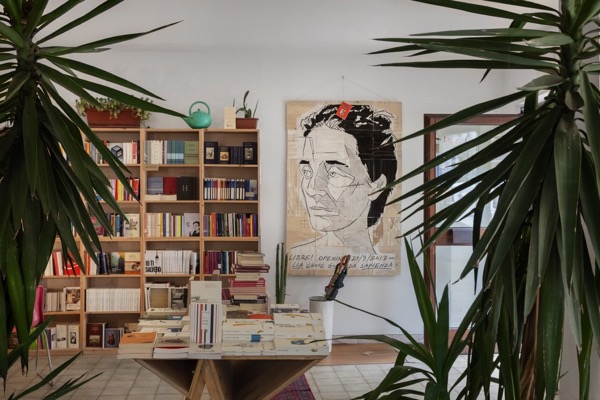
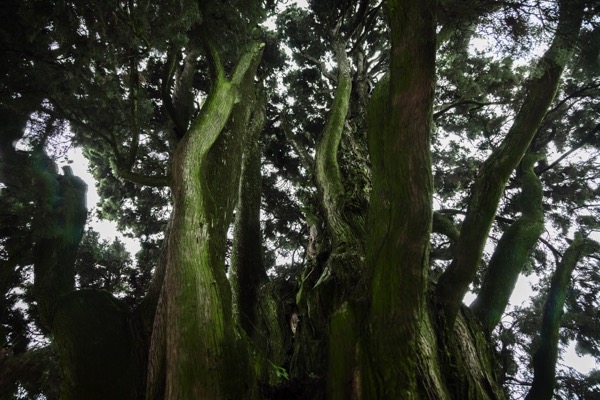
I set off for Giardino Giusti and, taking Via Santa Maria in Organo, the verses of the great poet Goethe echo around me. The author of “Elective Affinities”, in his “Italian Journey” Goethe contributed to making Verona a rite of passage for young Germans and Brits of the time, headed to northern Italy during their Grand Tour – a formative journey that was a precursor to the modern-day Erasmus year. For Johann Wolfgang von Goethe, Verona is the most noteworthy city in the whole Italian peninsula. He delights in the simplicity of things, he discovers the beautiful colours at sunset and feels a strong sense of nostalgia in the presence of the cypress tree in Giardino Giusti. In his diaries, the poet celebrates the figure of the tree, with its branches reaching up towards the sky.
For the German writer, the plant represents the metaphorical beauty of poetry and at the same time the physical place of tranquillity, under whose shade he rested awhile. That charming cypress tree is still there, in the neoclassical garden, immersed in the green labyrinth of hedges, with a plaque recalling its illustrious past. A few hundred metres from its branches sits San Pietro Castle, Verona’s castle where “beats the burning sun of morn” according to poet Giosuè Carducci in his “The Legend of Theodoric”. The verses of the first Italian to be awarded the Nobel Prize in Literature are brush strokes, painting a picture of the castle and not forgetting the great river, that “green” Adige that echoes the rhythm and breath of the city.
What Giosuè Carducci did not mention, however, is that to reach the castle’s sparkling tower you need to climb hundreds of steps, as steep as the most strenuous of mountain bike ascents.
Madonna Verona Fountain in the Ancient Forum, Piazza delle Erbe
Bolstered up in body and in breath, the descent is an exercise as pleasant as reaching the Provianda di Santa Marta. The industrial archaeology complex, in the heart of the Veronetta district, has turned from a bread factory into a temple of knowledge. The structure occupies 25,000 square metres and was designed by Austrian Genie Direction between 1863 and 1865.
Originally intended for the production of bread and biscuits, before housing the current Economics departments of the University of Verona, it was a barracks, and before that a monastic complex built in 1212. A multifaceted organism, which despite the alterations, has kept its industrial charm intact, as well as its German neo-medieval architectural features. Culture and architecture go hand-in-hand throughout the city. Follow the river and pause to discover the Libre! bookshop. You’ll find yourself in an emporium where books, events, exhibitions and yoga sessions are flanked by organic 0 km wine. The attention paid to emerging and quality publishers is a breath of fresh air for those who are not just looking for a simple book to buy, but a literary lounge to get lost in for a few hours before re-joining the Adige.
The next stop is La Giarina modern art gallery. A landmark in the city’s avant-garde cultural scene, for almost 30 years the gallery has been conducting intense research into Italian and international contemporary art experiments, from the modernist movement of the 20th century to more recent happenings. It is contrast that makes this place so special: from the entrance, an atrium decorated with neoclassical frescoes leads you to a courtyard, the last bastion of Romanticism, before immersing you into unbridled conceptuality.
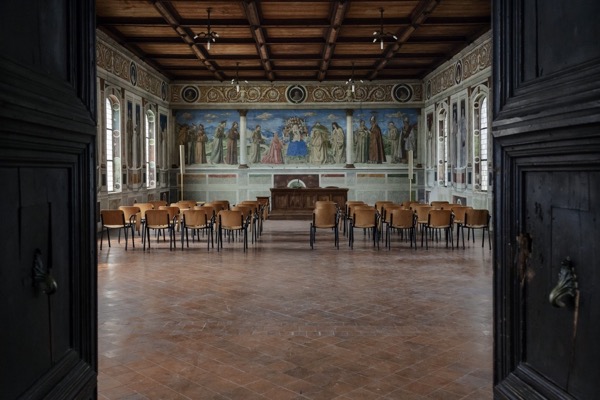
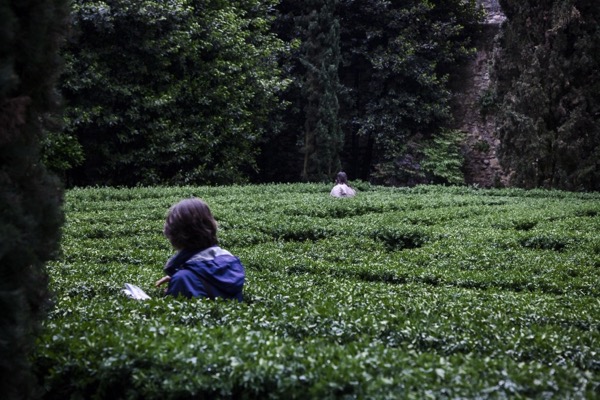
After this excursion it’s time to return to the west of the Adige, the beating heart of Verona’s cultural life. In the historical district, each step gives you an opportunity to gaze upon an important ancient work, whether it be the famous city Arena or the Roman forum upon which Piazza delle Erbe stands. From here, walk a mile or so and you will arrive at the Franciscan monastery of San Bernardino, a Gothic marvel off the radar of mass tourism. Inside, like an untold sin, Sala Morone is literally hidden, a library covered with frescoes painted by Domenico Morone with the help of his son Francesco from 1494 to 1503.
Even those with little religious fascination will appreciate the beauty of the paintings. Don’t leave without first having admired the magnificent cloister in the Canonical Museum. Built on the remains of old paleochristian basilicas, the floors of which can still be seen in places, the cloister is one of the most evocative places in the whole of Verona because it brings together archaeological finds from Roman buildings, as well as various precious sacred furnishings, valuable sculptural works and paintings ranging from the seventh to the seventeenth century.
Teatro Ristori, a great example of theatre architecture, brings you to the nineteenth century. Opened in 1837, its stage has seen performances from a variety of stars, such as Totò, Ugo Tognazzi and Dario Fo, Paolo Conte and Chick Corea. Reopened in 2011 after extensive restoration works, it is a link in the chain between Verona’s radiant past and its future.
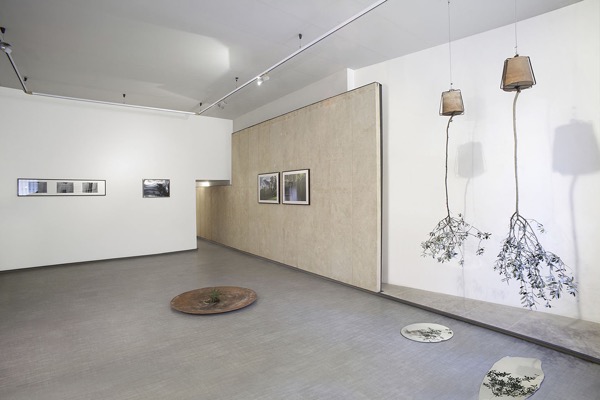
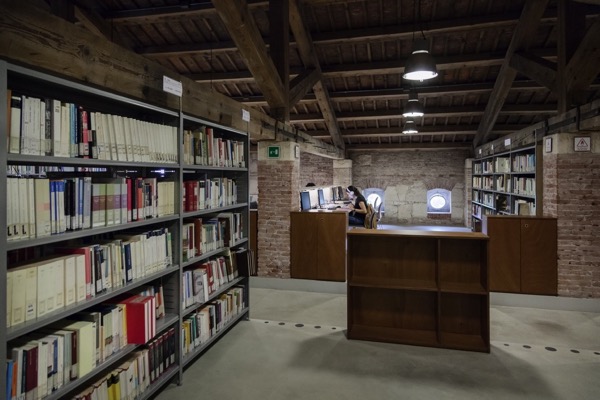
Nearby is the former Fiat garage on Via Manin, the finest example of industrial architecture in Verona. Designed by architect Ettore Fagiuoli, responsible for the renovation works in Verona at the beginning of the twentieth century, the work was completed in 1916 and destined for the first Fiat dealership to open in the city. It is a gem of Art Deco architecture, mounted on an iron structure elegantly forming all its stylistic elements. There is, however, a “but”. Unfortunately, this splendid example of architecture combining Art Deco with Art Nouveau features, following a remodelling process, now contains a supermarket. The building is still worth a look from the outside, though.
Verona is a multidimensional city, boasting a huge variety of styles. Marked by disparate eras, through its architecture it tells the story of the city’s history: from Roman settlement in the age of the city states, through the Habsburg and Venetian occupations. An open-air museum that is small in size, but great in impact, perfect for increasingly sought-after tourism. A place where art and culture come together symbolically and which, year after year, is assuming an increasingly multifaceted identity, far from that archetype that reduced it to an obsession of lovers.
di Valerio Stefanori
Teatro Ristori theatre





